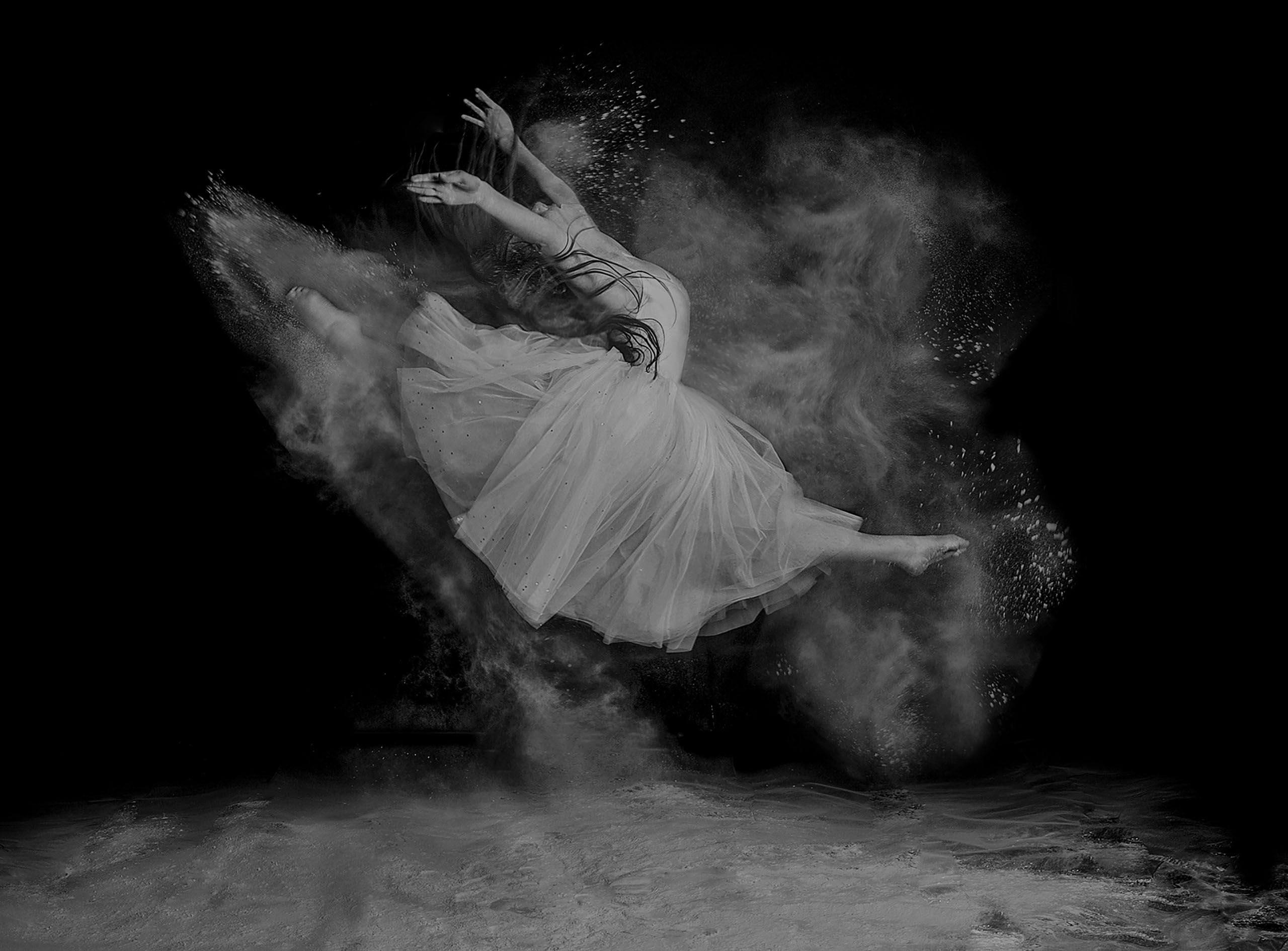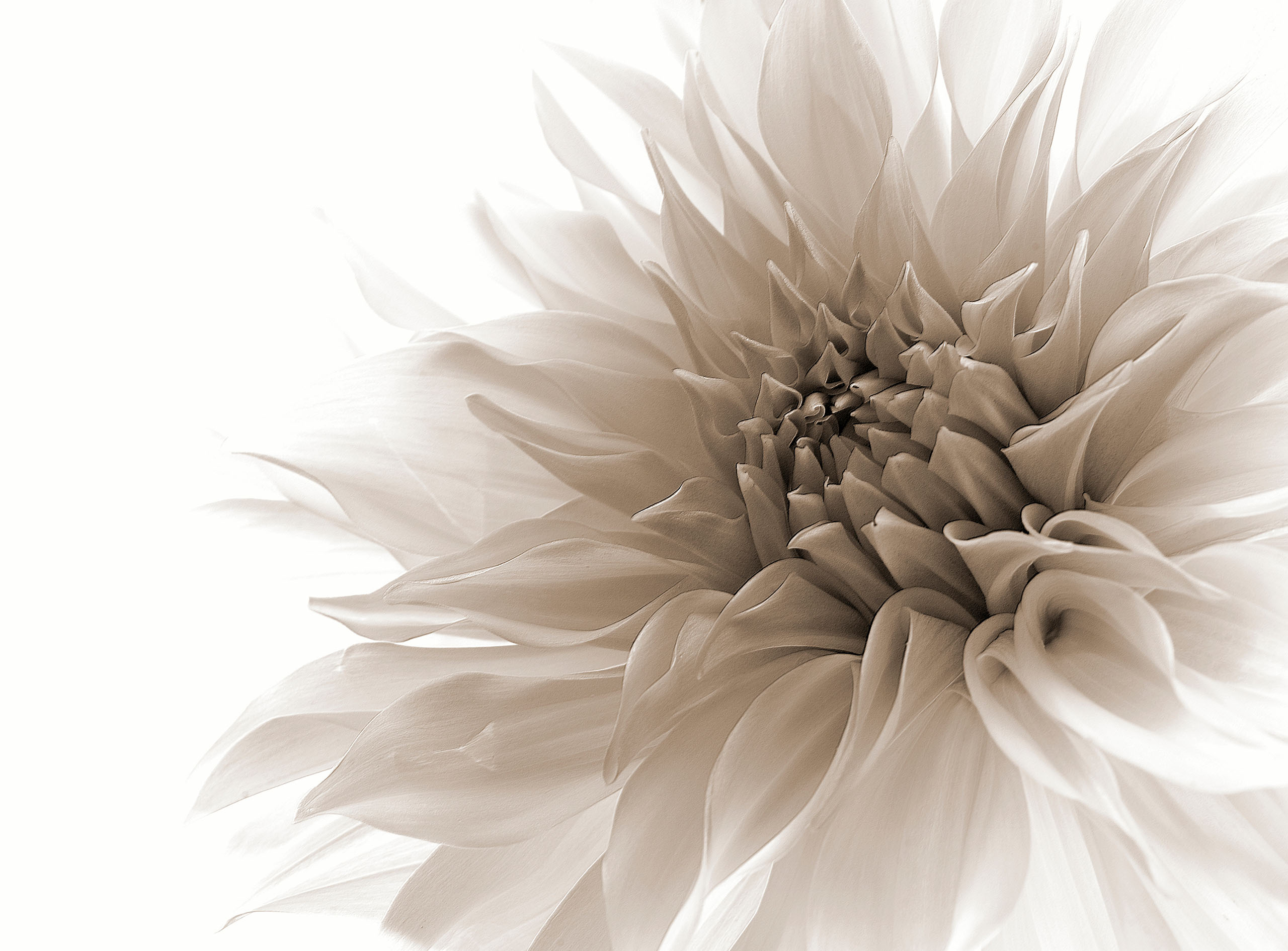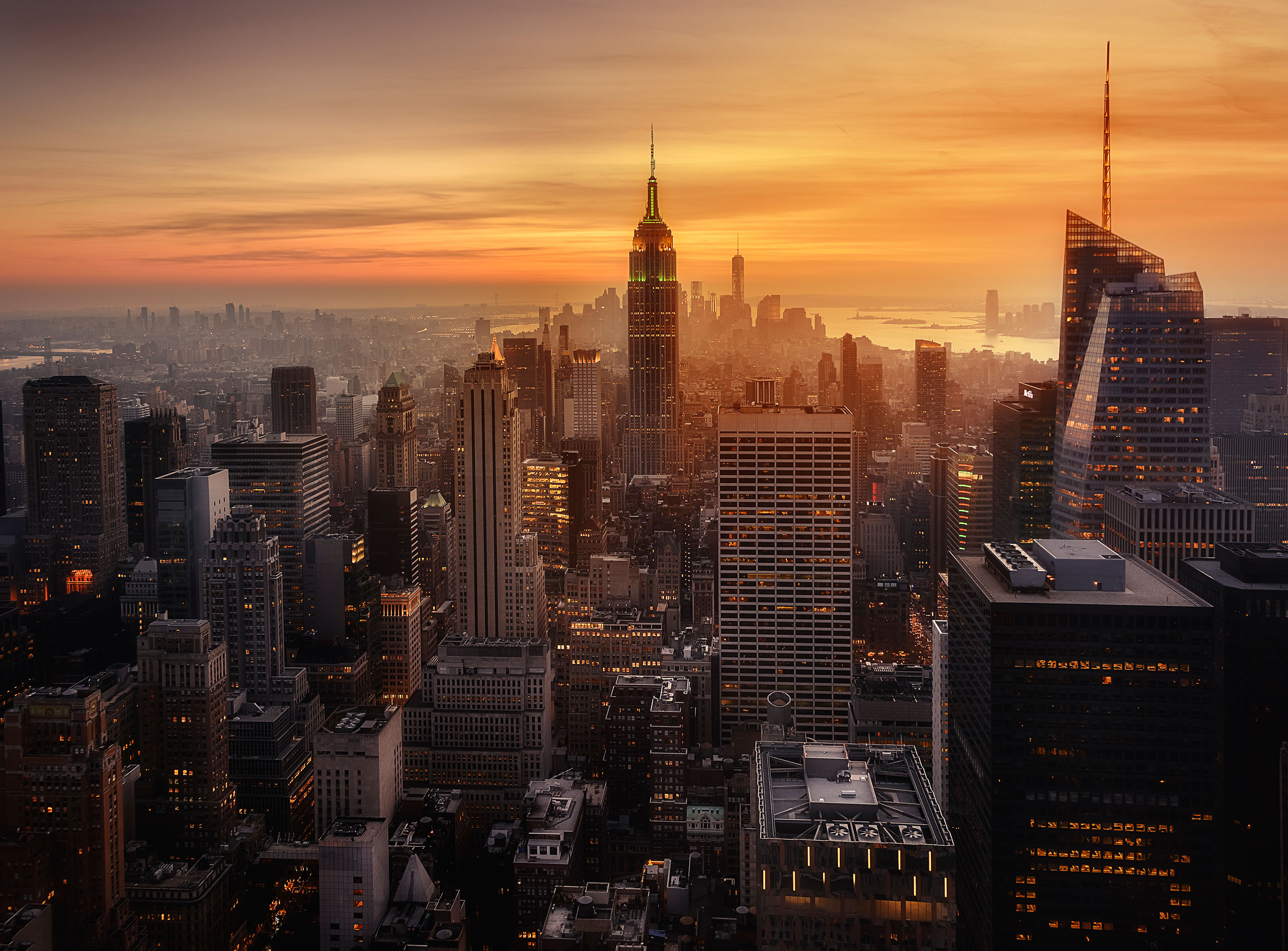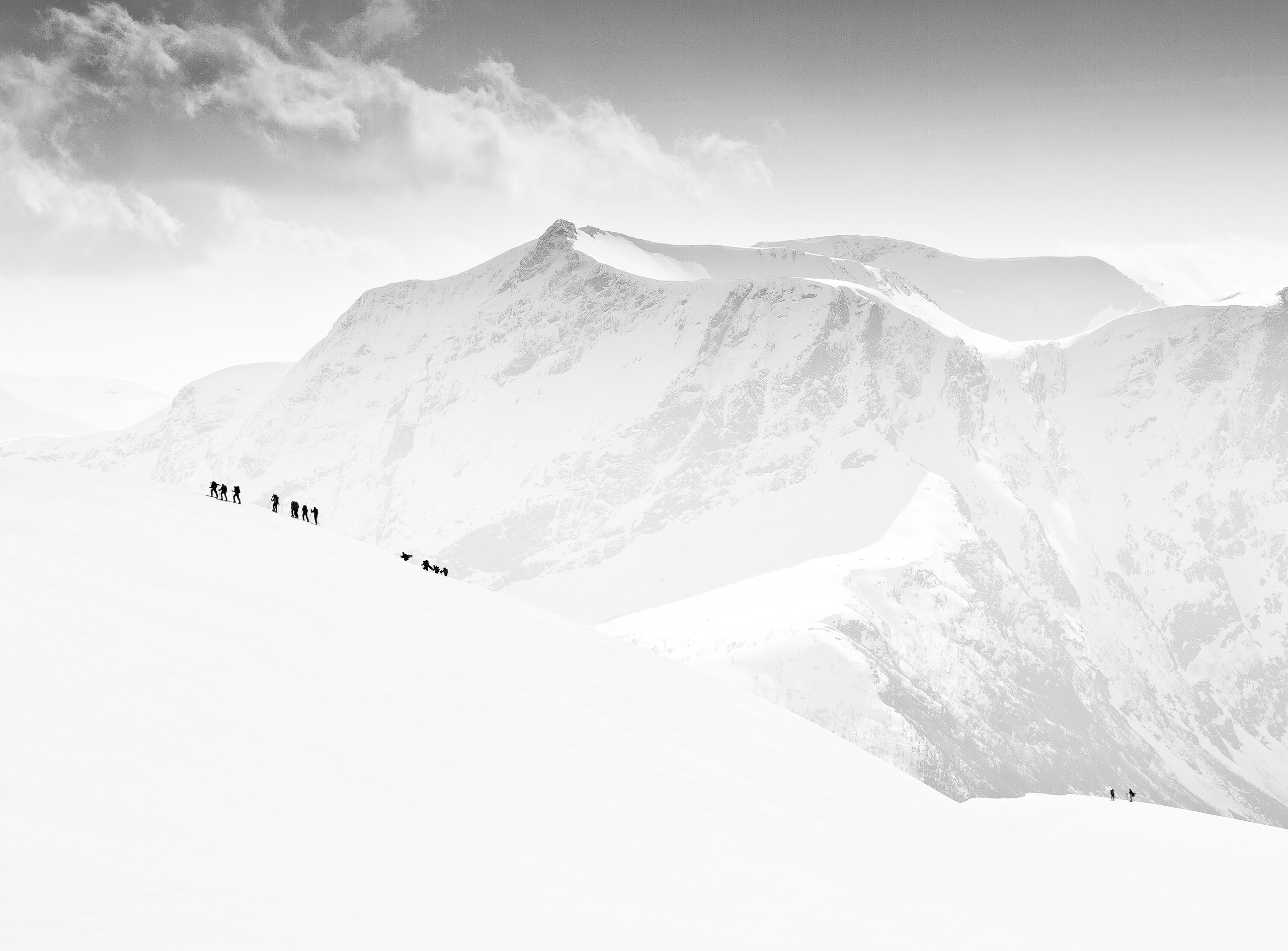SEARCH






|
|
|
|


by Jane Lyons
Edited and published by Yvette Depaepe, the 15th of September 2025
When photographing animals, whether domestic or wildlife, one of my main goals is to capture their essence and uniqueness in a technically strong portrait.
However, I know that there is still something missing: the artistry that elevates the subject from pure representation to fine art. It is this result that makes me feel accomplished and satisfied.
Capturing an animal to the standard required by National Geographic and producing a photograph that could be displayed in a gallery can be a subtle and seamless transition if good design and aesthetic choices are made in both the camera settings and the post-processing. To achieve a 'fine art' result, you need to know your subject well. The key is to capture its behaviour, idiosyncrasies, habits and personality.
Techniques such as using different camera settings and movement, low-key methods, dark and minimalist backgrounds, rim lighting, and skilful composition of shape, line and texture can transform a photograph, creating a different mood and atmosphere.
In post-processing, an artful crop can transform a competent animal portrait into a work of art.
So can a black-and-white conversion.
While purists recoil at the thought of altering backgrounds, I find that creating a partial or blended background can enhance the essence of the animal. Developing the skill of creating an overall aesthetic that enhances the original light and colour is worthwhile.
Using natural grounds and foregrounds, as well as artful and natural props, signs, limbs and branches, while keeping the subject in its natural habitat and blending in texture, light and colour, adds lustre to the subject.
This is what a good portrait photographer does to capture the essence and personality of their subject.
How would Steve McCurry or Annie Leibovitz photograph and post-process an animal in the wild?
The answer seems to be elevating the natural artistry and beauty of the animal.
This is a quick search and small selection of examples I found in the 1x archives. I have included one of my own examples because it illustrates what I am talking about. Feel free to give your opinion by commenting below.
Artful crop
Blended background
Rim lighting
Camera movement
Artful crop, minimalistic background
Painterly background
Artful prop
Natural ground, blended background
Black background
A key point to bear in mind is to always show respect for animals and refrain from harming them for the sake of art.
 | Write |
 | Ray Clark PRO Gorgeous shots! Perfect art. |
 | Ferdinando Valverde lovely photos and amazing shots...congratulations |
 | brigitte van krimpen PRO Beautiful inspiring works with excellent tekst |
 | Jane Lyons CREW Thank you, Brigitte |
 | Rui Wang PRO What a stunning gallery of the Art!!! |
 | Jane Lyons CREW Thanks, Rui |
 | Eiji Yamamoto PRO Thank you so much for a very interesting article with great photos! It's very inspiring! |
 | Jane Lyons CREW Thank you very much, Eiji |
 | Carolina Garcia-Paris PRO What an inspiring and delightful collection of photos in this article, I am awestruck by the beauty of all the images! Congratulations to all the featured photographers for their exceptional work!! 👏👏 |
 | Jane Lyons CREW Thanks, Carolina |
 | Bogdan Timiras PRO Thank you for excellent text and thank you for super pctures! |
 | Jane Lyons CREW Thank you, Bogdan |
 | Xavier Ortega PRO Thank you so much, Ivette and Jane Lyons, for this fabulous article. It's an honor to be part of the images. Congratulations to all the photographers. |
 | Jane Lyons CREW Thank you, Xavier! |
 | Antonio Grambone PRO
I'm happy to be part of this selection. Congratulations to all the artists and to Jane Lyons for the article. |
 | Antonio Grambone PRO
I'm happy to be part of this selection. Congratulations to all the artists and to Jane Lyons for the article. |
 | Jane Lyons CREW Thank you, Antonio! |
 | Caroline Bomers PRO Such a beautiful gallery and with respect towards the wildlife. Impressive art. Thanks for sharing this article. |
 | Jane Lyons CREW Thank you, Caroline |
 | Piet Flour PRO splendid series with a lot of different visions |
 | Jane Lyons CREW Thank you, Piet |
 | Angelika Martha Himburg Beeindruckende Fotoarbeiten ……. |
 | Jane Lyons CREW Thank you, Angelika! |
 | Ali Khataw CREW Beautiful work well choreographed into a beautiful presentation. Kudos to the editorial team! |
 | Jane Lyons CREW Thanks you, Ali |
 | Jane Lyons CREW |
 | Christine Hardcastle PRO Wonderful article!! I have a strong tendency towards objective photography but always love the more artistic representations of wildlife. Your words and photo collection really hit the mark for me! |
 | Jane Lyons CREW Thanks very much, Christine! |
 | Bole Kuljic PRO Outstanding Yvette! Beautiful , educational. and inspirational. |
 | Jane Lyons CREW Thank you, Bole |
 | Yanyan Gong PRO Thank you very much for this outstanding collection! |
 | Jane Lyons CREW Thank you, Yanyan |
 | Cristiano Giani PRO Fantastic ! Love it....Thanks for sharing |
 | Jane Lyons CREW Thank you, Chistiano |
 | Dazhi Cen PRO Amazing and vivid! |
 | Jane Lyons CREW Thank you, Dash |
 | Giovanni Cavalli PRO Thank you very much for this article! |
 | Jane Lyons CREW Thanks, Giovanni! |
 | GENNARO DI NOTO PRO A stunning gallery of Art works Congratulations!
|
 | Jane Lyons CREW Thank you very much, Gennaro |
 | Elizabeth Allen CREW A stunning and inspiring collection of images. Congratulations, Jane, and thanks to Yvette as always. |
 | Jane Lyons CREW Thank you, Elizabeth! |